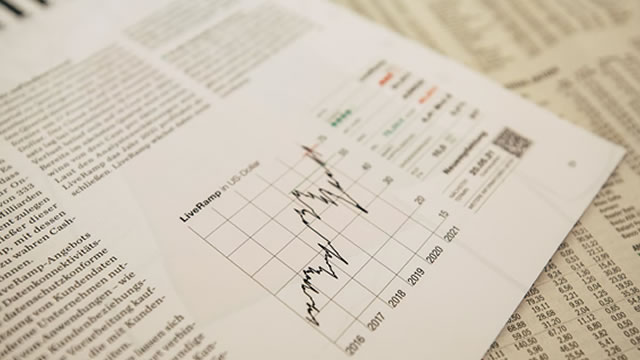Understanding the President’s Protectionist Agenda: Implications for Individuals and the World
The protectionist agenda of the current presidency has been a topic of intense debate and controversy. Protectionism is an economic policy aimed at shielding domestic industries from foreign competition through various measures, including tariffs and import quotas. In this blog post, we will delve into the basics of the president’s protectionist agenda and explore its potential implications for individuals and the world.
The President’s Protectionist Measures
Since taking office, the president has implemented several protectionist measures. One of the most high-profile actions was the imposition of tariffs on imported steel and aluminum. The administration argues that these tariffs are necessary to protect domestic industries and create jobs. However, critics argue that they will lead to higher prices for consumers and potential retaliation from trading partners.
Impact on Individuals
- Higher Prices: The tariffs on steel and aluminum are expected to lead to higher prices for consumers. For instance, the cost of cars and appliances that contain these metals may increase.
- Job Creation: The administration argues that the tariffs will lead to job creation in the domestic steel and aluminum industries. However, the impact on overall employment is uncertain.
- Retaliation: Trading partners, such as China, have already imposed retaliatory tariffs on American goods, which could lead to job losses in industries that export to these countries.
- Trade Wars: The protectionist agenda could lead to a trade war, with countries imposing tariffs on each other’s goods. This could have negative consequences for global trade and economic growth.
Impact on the World
- Global Trade: The protectionist agenda could lead to a decline in global trade, as countries impose tariffs on each other’s goods. This could have negative consequences for economic growth and development, particularly in developing countries.
- Geopolitical Tensions: The protectionist measures could lead to increased geopolitical tensions, particularly between the United States and its trading partners. This could have far-reaching consequences, including diplomatic and military tensions.
- Markets: The protectionist measures could lead to market volatility, as investors react to the uncertainty surrounding global trade. This could have negative consequences for stock markets and other financial assets.
Conclusion
The protectionist agenda of the current presidency has the potential to have far-reaching implications for individuals and the world. While the administration argues that the measures are necessary to protect domestic industries and create jobs, critics argue that they will lead to higher prices, job losses, and increased geopolitical tensions. It is important for individuals and businesses to stay informed about these developments and consider how they may be impacted.
Furthermore, it is essential that policymakers engage in constructive dialogue and find ways to address the underlying issues driving the protectionist agenda, such as income inequality and technological disruption. Only by working together can we ensure a global economy that benefits all, regardless of nationality or location.





